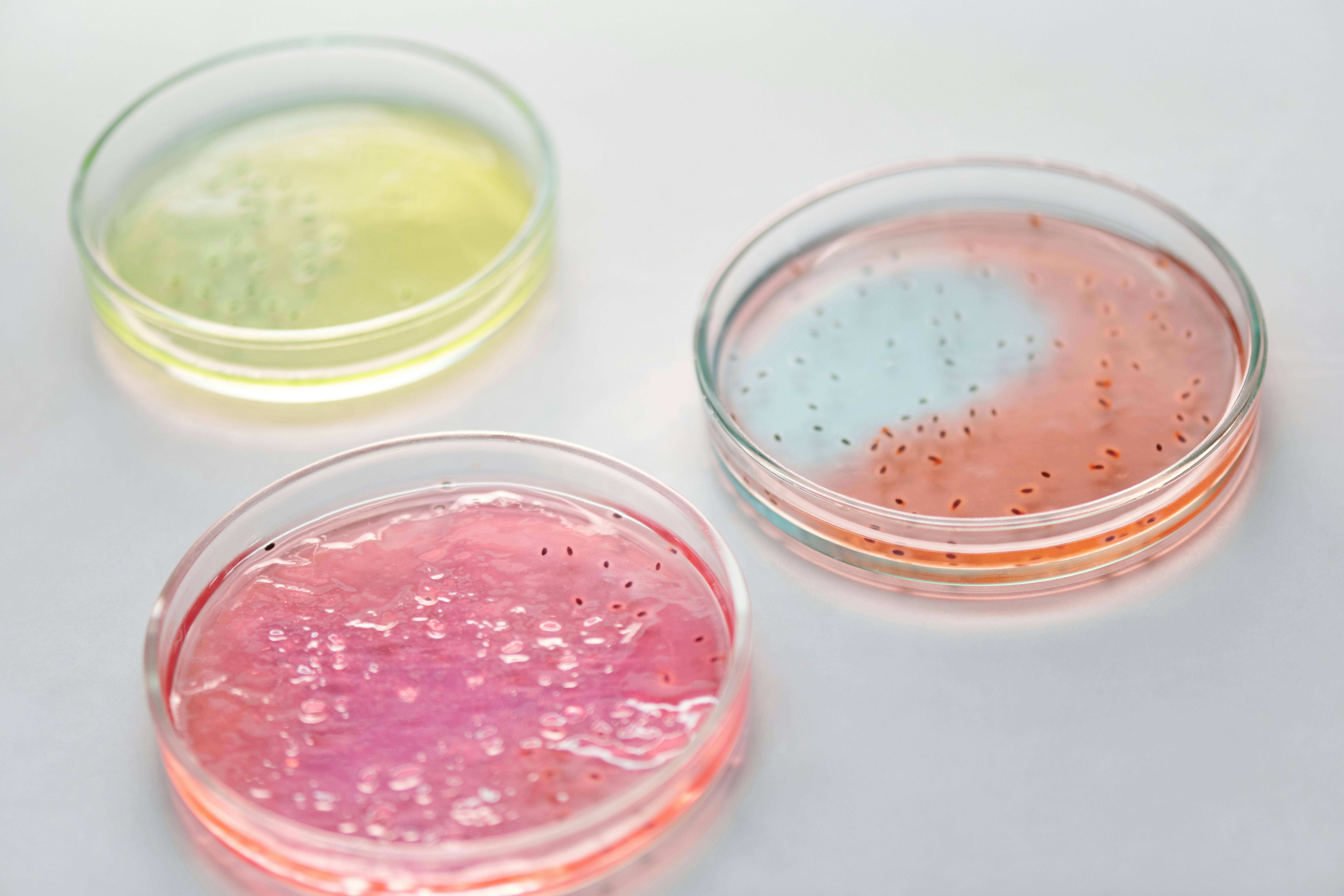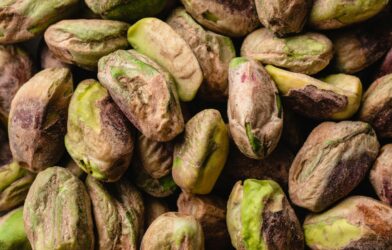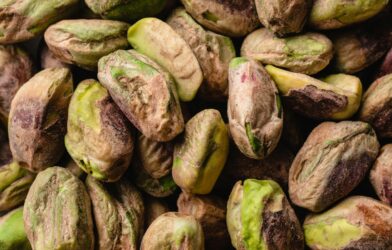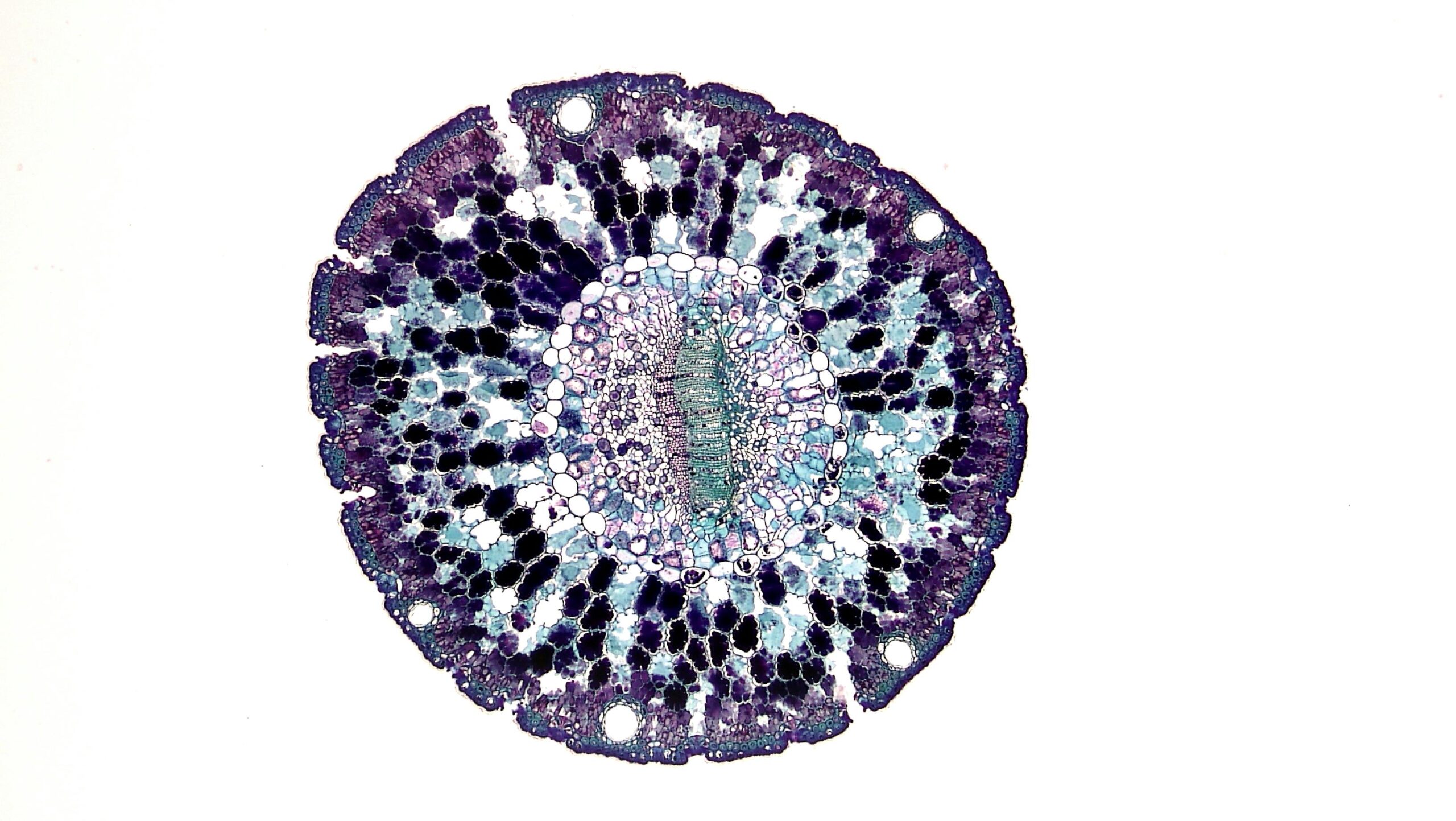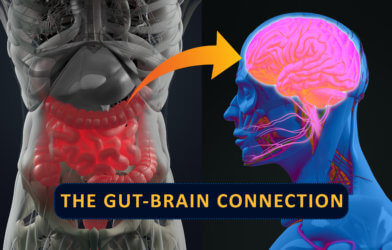Hidden beneath our feet and throughout our bodies is an invisible world of microbes, a complex universe known as the microbiome. We’ve known for a while that the tiny organisms living in our gut are essential for health, helping us digest food and fight off disease. But what if the health of our gut is directly linked to the health of the soil in our parks and backyards? A groundbreaking new study from Australia suggests exactly that, showing a surprising connection between the microbial life in healthy ecosystems and the genetic makeup of a healthy human gut. This finding could be a game-changer, revealing that a healthy you might be just a walk through a healthy ecosystem away.
Your Gut Microbiome has a “Bioenergetic Fingerprint”
For years, scientists have struggled to define a “healthy” microbiome. It’s not as simple as counting specific types of bacteria; it’s about what the entire community of microbes is capable of doing. To get around this problem, researchers from Flinders University and their international colleagues developed a new way to measure a microbiome’s potential. Instead of focusing on who’s there, they looked at what the entire microbial community—all of its genetic material—could do. This new metric, called Compound Processing Potential or CPP, essentially maps the community’s capacity to process important chemical compounds, from fats and sugars to vitamins. This novel approach revealed that the genetic capability of the gut microbes from people with four common diseases—type 2 diabetes, heart disease, colorectal cancer, and anxious-depressive behaviors—looked very different from those of healthy individuals.
Connecting Human Health and the Environment
The most compelling part of the study came when the researchers applied this same method to soil. They analyzed data from environmental restoration projects in New Zealand, the United States, and Australia and discovered a powerful parallel: as the quality of the ecosystem improved, the genetic potential of the soil’s microbial community to process compounds linked to human health also increased. The findings from this study point to a powerful link between our internal biology and our external world, one that’s driven by the microbes all around us. In a press release, lead author Dr. Craig Liddicoat stated, “While we usually study the DNA of microbiomes to establish their profile and role, we have relatively limited understanding of what connects health and disease to the vast diversity of microbes we see in nature, and that live on and in our bodies.” This research presents the possibility that our environment, particularly the microbes we’re exposed to, may influence our health far more than we’d previously thought. Could spending time in a healthy forest or gardening in rich soil help replenish our own gut microbes? The evidence suggests this might be the case.
The Future of “Nature Prescriptions”
The researchers hope these findings pave the way for a new, affordable healthcare approach. We may one day see doctors prescribing not just medications, but “nature prescriptions,” advising patients to spend time in specific, healthy ecosystems to intentionally improve their microbiomes.
The research reminds us that we are not separate from the natural world but an intricate part of it. The health of our bodies and the health of the land may be more closely linked than we ever thought possible. This study offers a powerful new lens through which to view the intertwined relationship between human health and environmental well-being.
Paper Summary
Methodology
The study used a new approach called “Compound Processing Potential” (CPP) to analyze existing genetic data of microbial communities (metagenomes) from four human gut studies and three environmental soil studies. Instead of identifying specific microbial species, the researchers focused on the genetic potential of the entire community to process various chemical compounds. This allowed them to compare the “chemical capabilities” of different microbiomes from both human guts and soil.
Results
The study found that the CPP of gut microbiomes from people with atherosclerotic cardiovascular disease, colorectal cancer, type 2 diabetes, and anxious-depressive behaviors were significantly different from those of healthy individuals. A similar analysis of soil microbiomes showed that their potential to process human health-related compounds increased as the quality of the ecosystem improved.
Limitations
The study is based on a new interpretive framework and did not involve collecting new samples. The methodology measures the microbes’ genetic potential to perform functions, not the functions they are actively performing.
Funding and Disclosures
The research was a collaborative effort among researchers at Flinders University and universities in Aotearoa New Zealand, the Netherlands, and Germany. Support was also received from the Aotearoa New Zealand-based ‘People Cities and Nature’ research program and the Flinders Accelerator for Microbiome Exploration (FAME).
Publication Information
The article, “Bioenergetic mapping of ‘healthy microbiomes’ via compound processing potential imprinted in gut and soil metagenomes,” was published in the journal Science of the Total Environment on May 29, 2024. The DOI is 10.1016/j.scitotenv.2024.173543.


